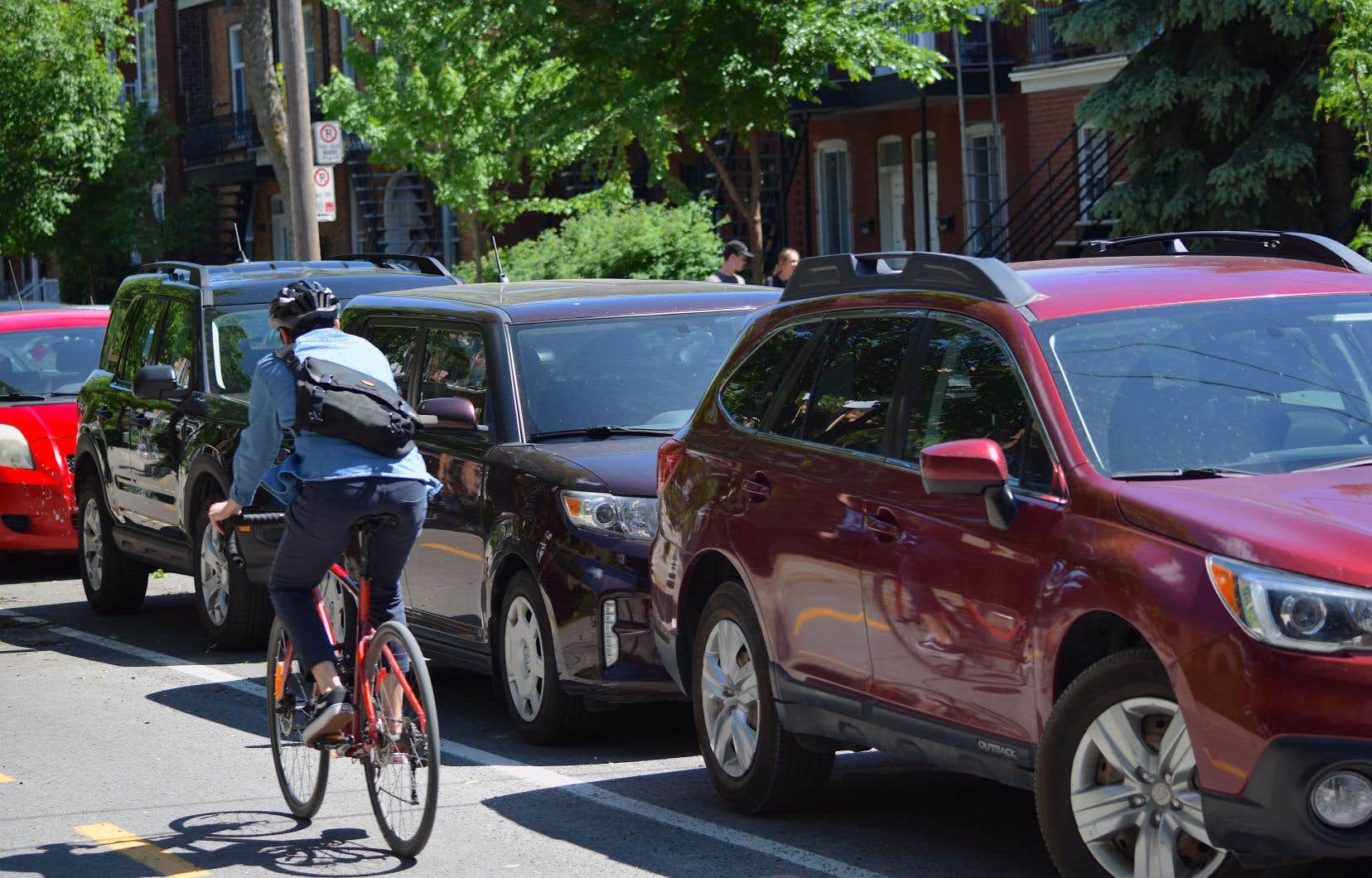If sports utility vehicles (SUVs) were a country, they would be the fifth largest emitter of greenhouse gases in the world. Their climatic weight continues to grow, notes the International Energy Agency in a new analysis.
In 2023, there would be more than 360 million SUVs on the world’s roads, 20 million more than the previous year. Their popularity is also growing all over the world: these vehicles, larger and more energy-intensive, represented more than 50% of global sales for the first time.
And between 2022 and 2023, their oil consumption growth reached 600,000 barrels per day, or more than 25% of global growth in daily demand.
In this context, their climatic weight is growing, explain two experts from the International Energy Agency (IEA) in a new analysis. In 2023, their CO₂ emissions will exceed one billion tonnes, more than all of Canada’s greenhouse gas (GHG) emissions (and more than 12 times Quebec’s emissions).
The IEA also specifies that if SUVs were a country, their emissions would place them in fifth place in the world, behind Russia, but ahead of countries like Japan and Germany, in particular.
Last year, these vehicles also accounted for more than 20% of global growth in energy-related CO₂ emissions. “Indirect emissions” of GHGs from SUVs are also higher than those of smaller vehicles due to pollution associated with the materials used to make them.
Regulating SUVs
Proponents of SUVs often point out that these vehicles are increasingly electric. But according to IEA data, barely 5% of these trucks currently on the planet’s roads run on electricity. Their consumption is also greater than that of cars, and their manufacturing represents “challenges” in terms of the use of non-renewable mining resources, underline the IEA experts.
At the same time, they recall the risks that SUVs represent for pedestrians, but also their greater needs in terms of parking spaces. This aspect competes with other uses of urban space.
The IEA recalls at the same time that a “sustainable future” requires not only the electrification of vehicles, but also a reduction in the demand for energy and non-renewable resources.
In the 2022 edition of its annual report World Energy Outlook, the IEA also mentioned the idea of influencing consumer behavior by imposing measures to reduce the attractiveness of SUVs, in particular by restricting their access to city centers. On a global level, the organization is clear: the trajectory which leads us towards “carbon neutrality” requires a reduction in the number of SUVs on the roads.
Some countries and cities are increasingly interested in implementing regulations to limit the space taken up by SUVs. Paris, for example, has just tripled parking prices for vehicles weighing more than two tonnes. Here, the Legault government has always rejected the idea of imposing dissuasive measures targeting larger, more energy-intensive vehicles; it focuses instead on electrification.
There are more and more of them on the roads of Quebec, in all regions. Today, there are more than 2.4 million personal “light truck” type vehicles on our roads, which includes SUVs, vans and pick-up trucks.
Result: since 1990, “the decrease in the energy consumption of cars (-41%) has been more than offset by a significant increase in the consumption of light trucks (sports utility vehicles, pickups and vans; +174%) due to the progression of sales of these models”, we can read in the 10e edition of theState of energy in Quebecreleased earlier this year.
Overall, the number of “light passenger trucks” jumped 332%, and this category has dominated sales since 2015 in Quebec. A study published by Équiterre has already shown that light trucks appear in 79% of automobile advertisements in newspapers and magazines.
